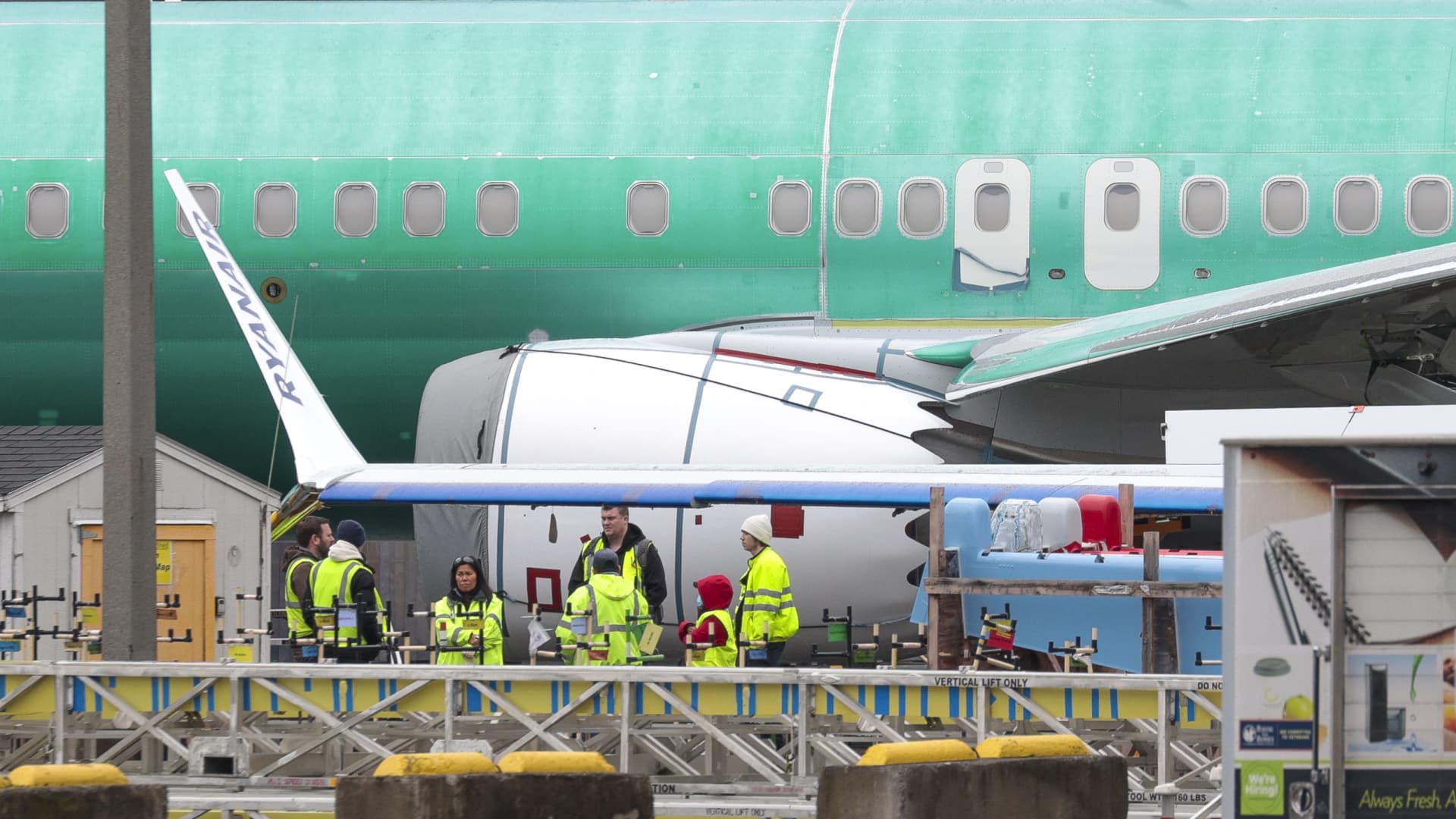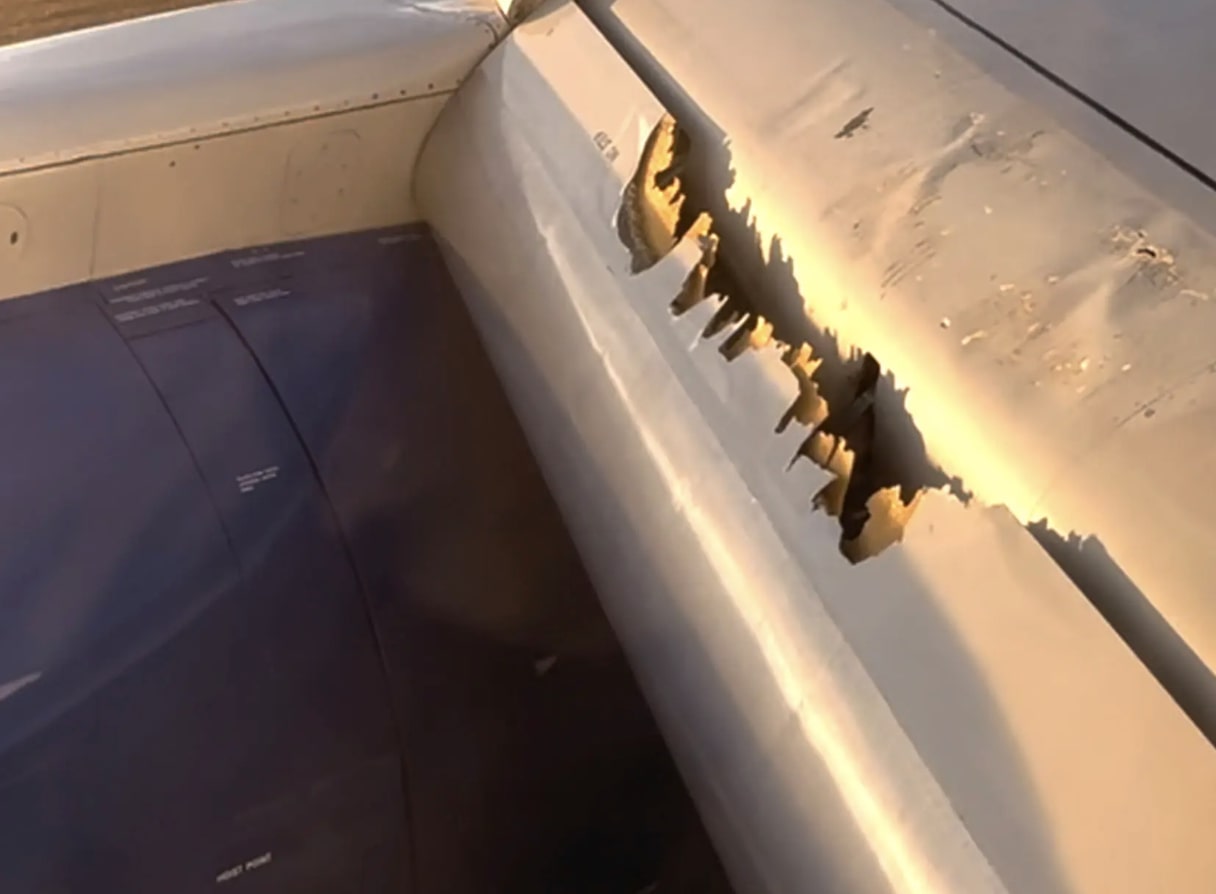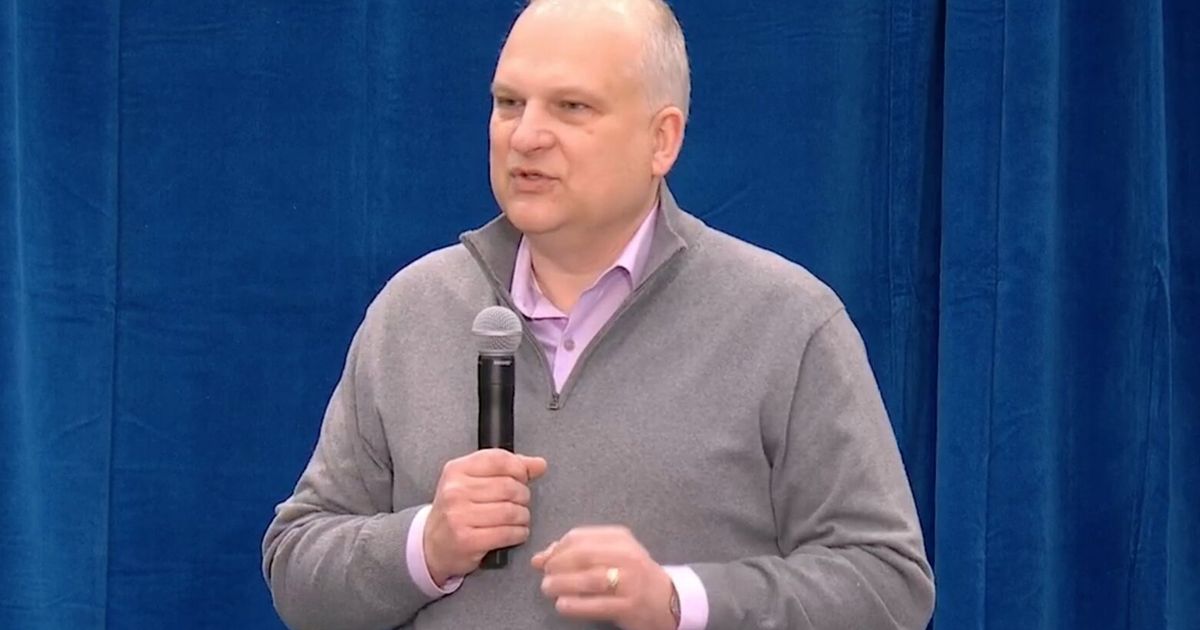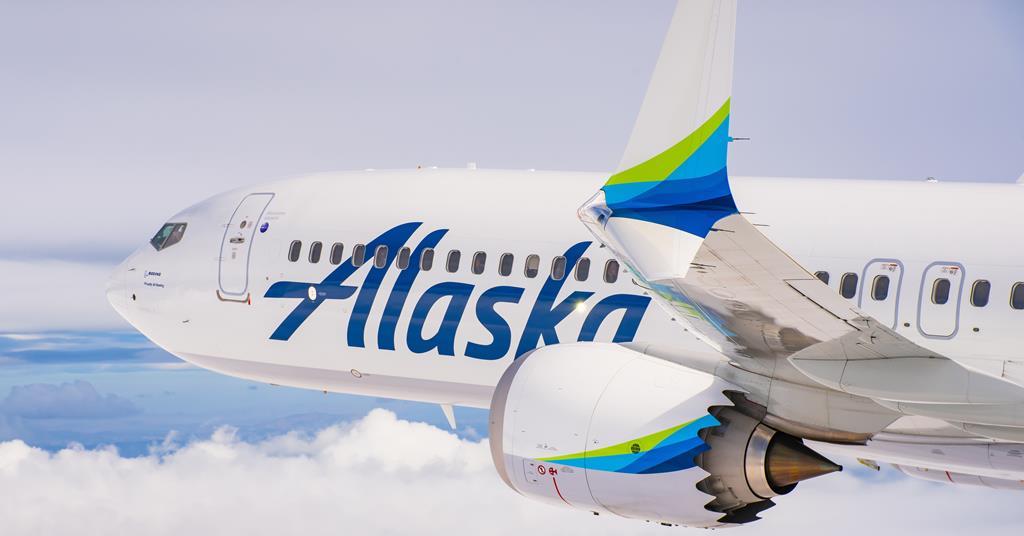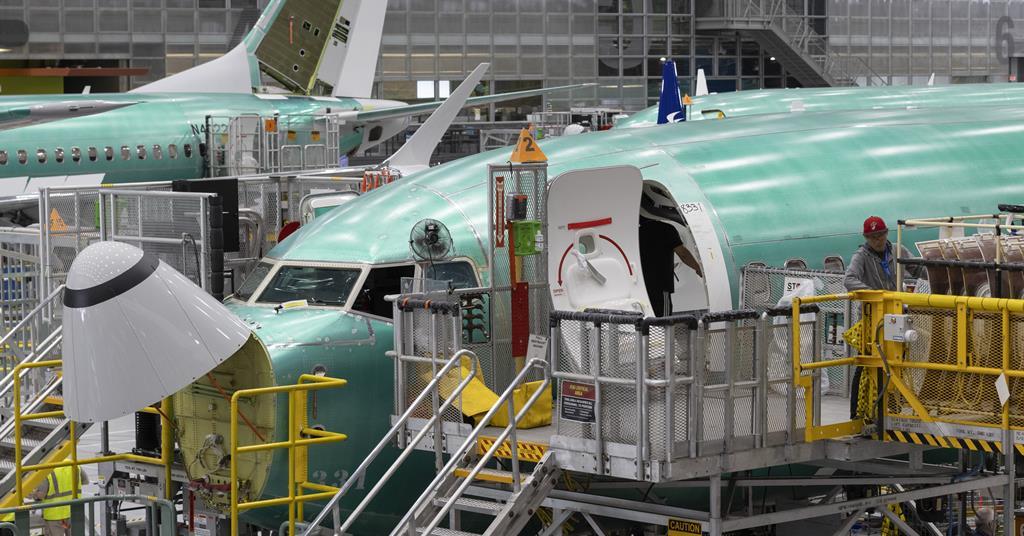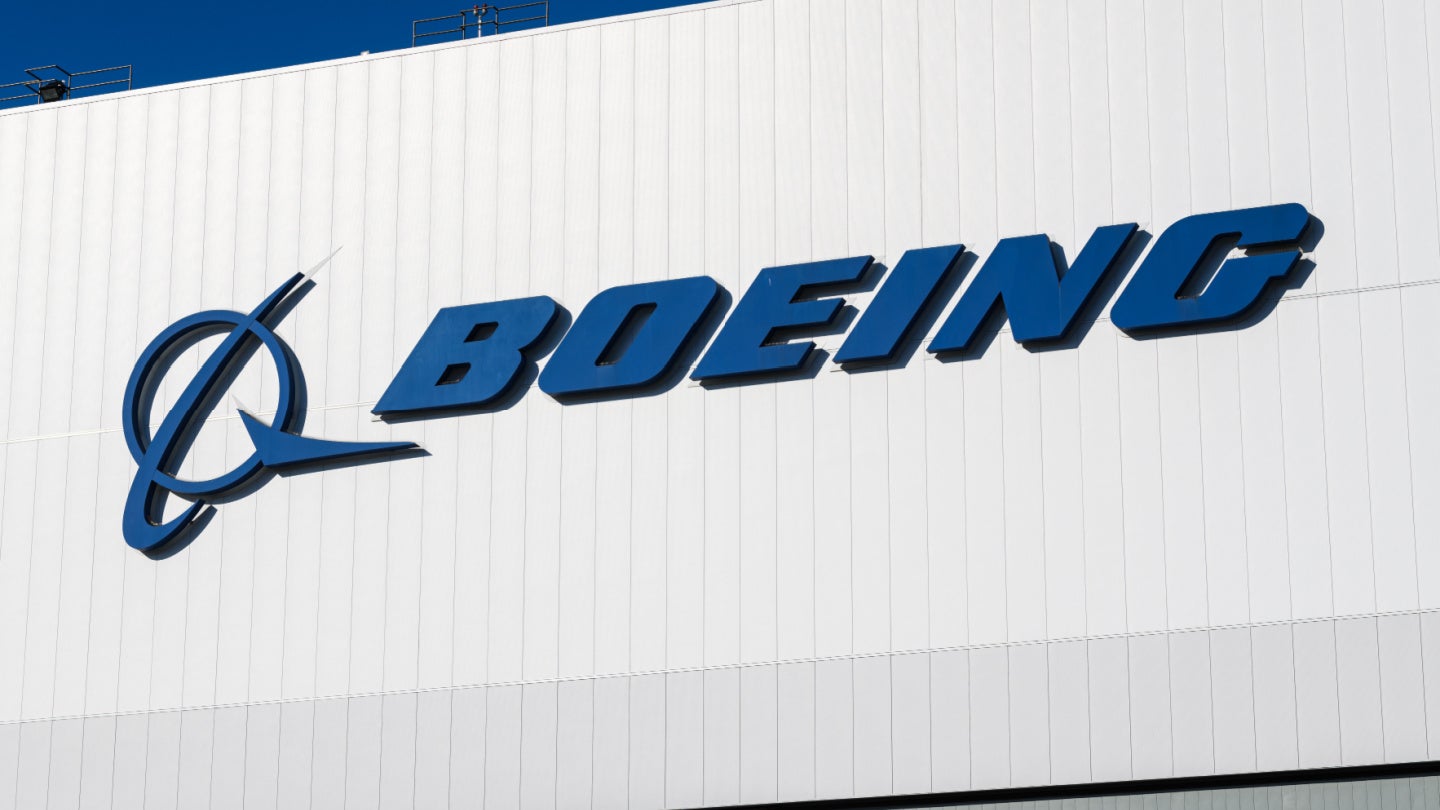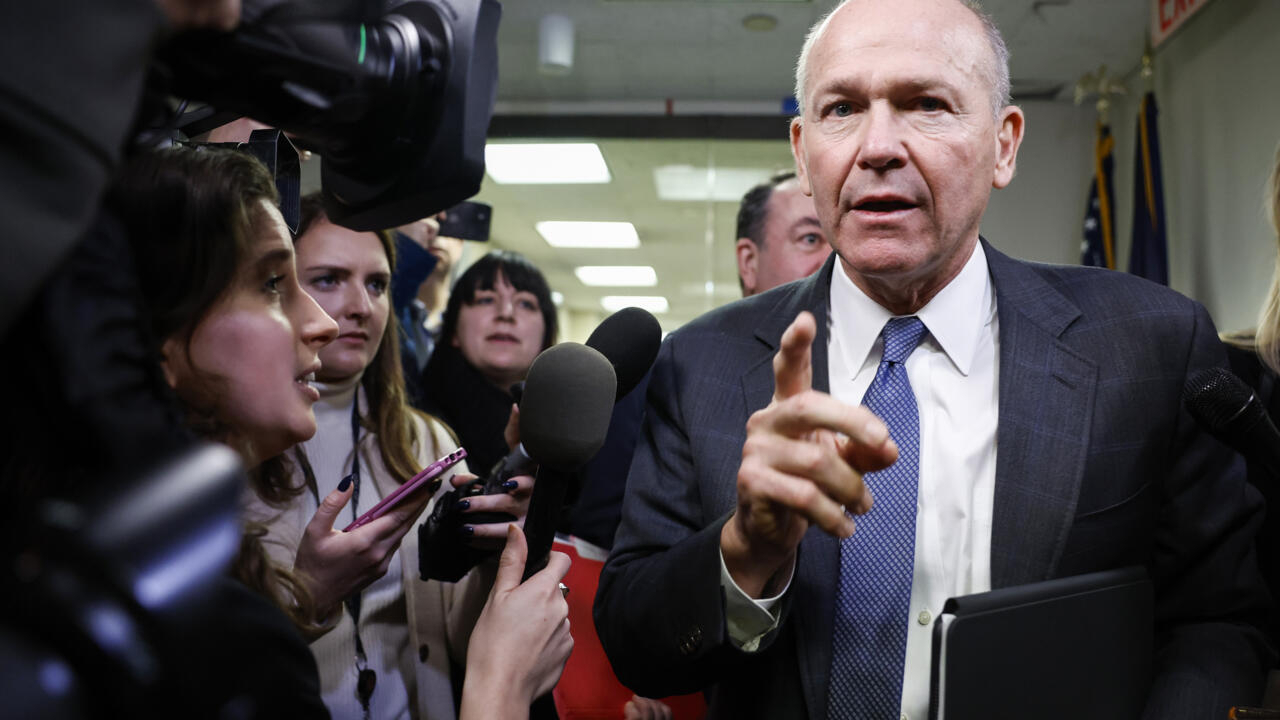The Federal Aviation Administration has given Boeing a 90-day deadline to submit a plan detailing how it intends to address quality-control concerns recently identified by FAA investigators and by a separate safety review panel.

www.flightglobal.com
TLDR: FAA has given Boeing 90 days to respond with a comprehensive action plan to the Expert Review Panel report and the ongoing audit. It's not entirely clear how the 90 days ties in to the fact the audit hasn't finished yet, or the six months the panel report gave Boeing to implement its recommendations*.
* Which basically come down to:
you used to be world leaders in human factors back in 757/767 days, get back there;
stop ignoring your pilots (and give the Chief Pilot equivalent authority to the Chief Engineer);
make it impossible for your middle-managers to retaliate against safety staff doing their job (which implies they don't think they can be successfully ordered not to);
figure out how to fix the disconnect you created by moving your HQ away from the sites that do all the work;
figure out how to bring processes and training at all your (non-union) sites up to the same standard as at your (unionised) Seattle sites**;
stop assuming your pre-Safety Management System Safety Reporting Plan is better than the SMS***,
stop people using neither of them and reporting safety issues verbally to their supervisors.
It's important to remember the expert review was looking specifically at the delegated authority and engineering and safety management functions, not so much build quality on the lines, the audit will cover that.
** It's pretty obvious reading between the lines that SPEEA and IAM have been keeping Boeing management on the straight and narrow where they have influence (ie Seattle), but can't do that at the non-unionised sites.
*** It definitely read like the reviewers felt the SMS was being undermined by NIH syndrome, possibly deliberately orchestrated.

